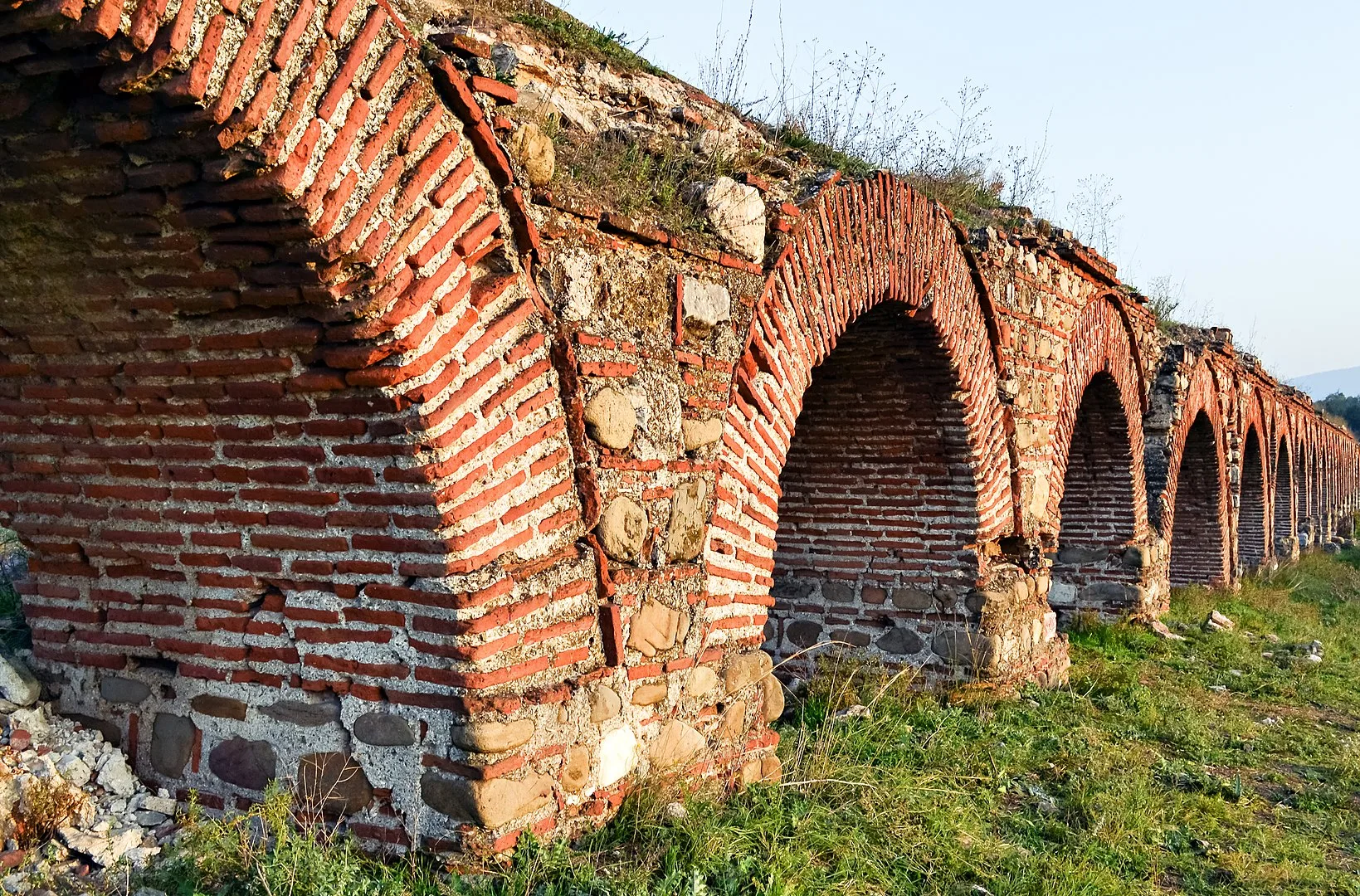The Enduring Secret of Ancient Roman Concrete
For over two millennia, ancient Roman structures like the Pantheon, the Colosseum, and the aqueducts of Lisbon have stood as testaments to an engineering marvel: Roman concrete. Unlike many modern concretes, which often crack and erode within decades, Roman concrete has demonstrated extraordinary durability, with some harbor structures resisting the corrosive forces of seawater for centuries. This remarkable resilience, rooted in a unique blend of volcanic ash, lime, and seawater, is now inspiring scientists to rethink modern construction materials in the quest for sustainability and longevity.

A Recipe Lost and Rediscovered
Roman concrete, or opus caementicium, was a revolutionary material that enabled the Romans to construct architectural wonders that have outlasted many modern buildings. The key to its durability lies in its composition: a mixture of slaked lime (calcium hydroxide), pozzolanic volcanic ash, and aggregates such as rocks or broken pottery, often mixed with seawater. The volcanic ash, sourced from regions like the Bay of Naples, is rich in aluminosilicates, which react with lime to form a robust, crystalline matrix known as calcium-aluminum-silicate-hydrate (C-A-S-H). This matrix binds the concrete tightly, giving it exceptional strength and resistance to environmental wear.

Unlike modern Portland cement, which relies on a different chemical process and often deteriorates within 50–100 years, Roman concrete grows stronger over time. The use of seawater in the mix triggers a chemical reaction where the aluminosilicates in the volcanic ash form a dense, interlocking structure that resists cracking and corrosion. This is particularly evident in Roman marine structures, such as piers and breakwaters, which have endured constant exposure to waves and saltwater without crumbling.

Lessons from the Past
The durability of Roman concrete is not just a historical curiosity; it holds valuable lessons for modern engineering. Portland cement, the backbone of contemporary construction, is energy-intensive to produce and prone to degradation, especially in harsh environments like coastal regions. In contrast, Roman concrete’s self-healing properties—where lime reacts with water to fill cracks with new mineral growth—make it a model for sustainable building materials. Its production also required less energy, as lime was kilned at lower temperatures than modern cement, reducing its environmental footprint.
Researchers, including teams from the University of Utah and MIT, have been studying Roman concrete to unlock its secrets. By analyzing samples from ancient structures, they’ve identified the critical role of pozzolanic ash from volcanic regions like Pozzuoli, Italy. X-ray diffraction and electron microscopy have revealed how the ash’s chemical properties contribute to the formation of durable mineral structures. Some studies suggest that the Romans’ use of seawater, once thought to be a weakness, was a deliberate choice that enhanced the concrete’s longevity in marine environments.
A Blueprint for the Future
The rediscovery of Roman concrete’s formula is sparking innovation in modern construction. Scientists are experimenting with volcanic ash substitutes, such as fly ash from coal plants or other pozzolanic materials, to create eco-friendly concretes that mimic the Romans’ durability. These modern analogs aim to reduce the carbon footprint of cement production, which currently accounts for approximately 8% of global CO2 emissions. By incorporating self-healing mechanisms inspired by Roman concrete, engineers hope to develop materials that require less maintenance and withstand centuries of wear.
The implications extend beyond construction. Roman-inspired concrete could revolutionize infrastructure in coastal cities threatened by rising sea levels and extreme weather. Breakwaters, seawalls, and bridges built with such materials could better resist corrosion, reducing repair costs and environmental impact. Projects like the restoration of Venice’s lagoon barriers are already exploring these ancient techniques to protect cultural heritage from climate change.
A Legacy in Stone
The enduring strength of Roman concrete is a testament to the ingenuity of ancient engineers, who mastered materials science without modern tools or chemistry. Structures like the Pantheon, with its massive unreinforced concrete dome, and the Portus Cosanus harbor, still intact after 2,000 years, showcase a level of craftsmanship that continues to inspire awe. These monuments are not just relics of the past but active lessons in sustainable engineering.
As researchers continue to unravel the chemical secrets of opus caementicium, the legacy of Roman concrete is poised to shape the future. By blending ancient wisdom with modern technology, scientists aim to create buildings and infrastructure that, like their Roman predecessors, will stand the test of time, enduring for millennia to come.


